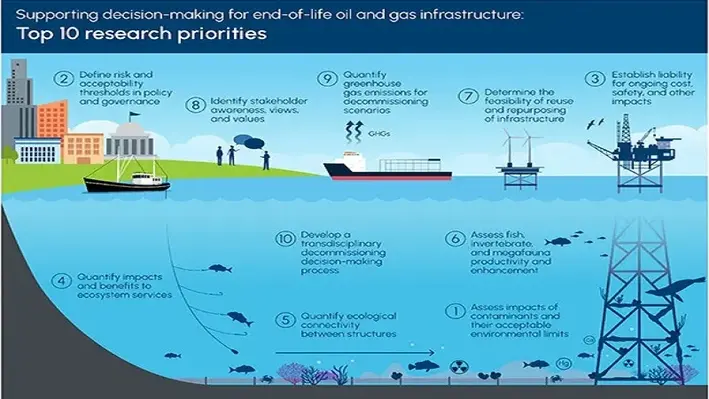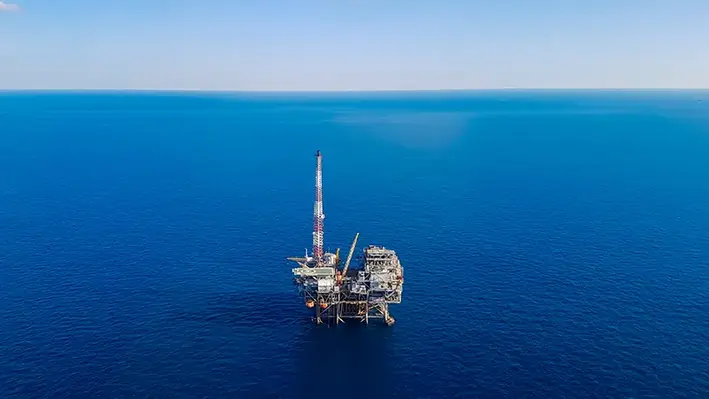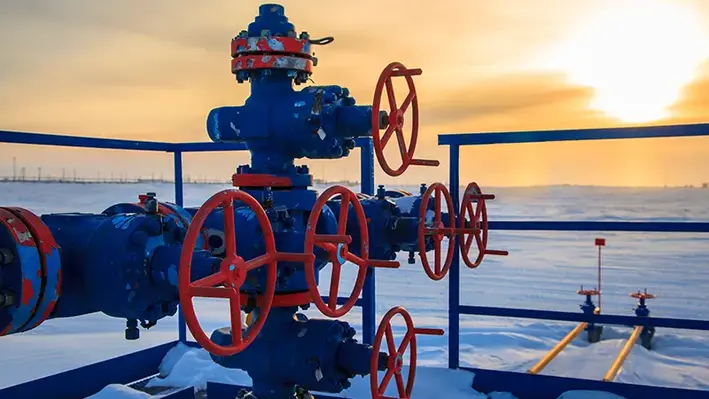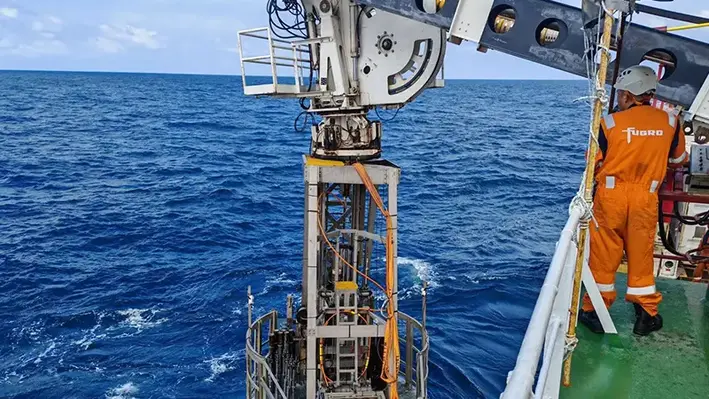 Depending on the scenario, decommissioning oil and gas infrastructure can have potential negative impacts both on the economy and environment.
Depending on the scenario, decommissioning oil and gas infrastructure can have potential negative impacts both on the economy and environment.
The top 10 research priorities were highlighted in a 2023 resarch paper which aid in making informed decommissioning decisions and enhance our understanding of its detrimental impacts.
Contaminants
Several contaminants are released into the environment during the decommissioning process. These include residual chemicals and reservoir constituents that can have significant negative impacts on marine life. As part of the risk assessment framework, all contaminants need to be carefully identified and assessed. Understanding the long-term, site-specific consequences of these contaminants is key to adequately assess risks from various decommissioning options including full removal, partial removal and leave in-situ decommissioning options.
Risk acceptability and thresholds
A majority of risks associated with offshore decommissioning activities lack well defined baselines to measure potential impacts. In order to identify parameters that can be measured and monitored, a baseline needs to be predetermined, without which, the acceptability of decommissioning options cannot be assessed.
Maintenance costs and monitoring
Due to a lack of knowledge and inconsistent or deficient regulatory guidance, the ongoing costs within current decommissioning decision-making processes are often overlooked. Liability frameworks should therefore be defined to determine the cost of full removal of structures, making remaining items safe, and returning the seabed to its pre-activity state. Costs involving alternative approaches such as the relocation of structures to a reefing location are also calculated by the industry.
Ecosystem services and metrics
To adequately assess and compare the social, technical and economic impact of decommissioning, the ecosystem services that are gained or lost from different decommissioning options need to be determined. While few marine-based environmental impact assessments (EIAs) are currently being integrated with ecosystem services, there has been limited success attributed to data gaps and the values have been ineffectively captured by ecosystem services. Hence, alternate schemes such as the Intergovernmental Platform for Biodiversity and Ecosystem Services (IPBES) and Nature's Contributions to People have been developed.
Ecological connectivity
The long-term presence of offshore structures can have a positive and negative influence on ecological diversity, productivity and connectivity. For example, the presence of oil and gas structures in marine ecosystems can have negative consequences on the natural migration pathways of species that might be altered by the emission of sound, vibrations and light from structures. On the other hand, presence of these offshore infrastructures can also extend foraging opportunities of certain mobile species such as Australian fur seals. Long-term monitoring data should therefore be collected throughout the lifecycle of these installations to appropriately understand their impact on populations and connectivity.
Ecosystem production vs attraction
Production and attraction mainly refer to whether fish are attracted to an artificial structure or whether it enhances fish production. When a new structure is installed, fish are rapidly attracted to the structure which can redistribute existing production. In some cases, fish production can significantly increase when infrastructures are installed in predominantly sandy, oligotrophic habitats since they provide additional hard substrata that can potentially increase the carrying capacity of organisms that utilise such habitats. Assessments should consider the duration of these structures in place and the extent of connectivity between fish populations on the structures and the broader ecosystem.
Re-use and re-purposing
A range of research questions need to be addressed to assess the feasibility of re-using or re-purposing offshore structures. Firstly, it is important to understand the process of degradation of different materials beyond their initial design life. Secondly, the evolution of different seabed sediments and their impact on the stability and integrity of decomissioned offshore infrastructure need to be considered. Thirdly, the technology required to contain hazardous substances, monitor their impact on the ocean environment, pursue re-cycle, re-purpose and re-use opportunities for recovered infrastructure needs to be understood. Lastly, performing testing and validation is crucial to achieving confidence of the sector and inclusion in industry standards.
Societal views and values
A review of stakeholder values regarding the benefits of offshore instrastructure identified both risks and opportunities. These involve a combination of social and economic values that are shaped by their knowledge frames. Since there is no one-size-fits-all, further research is required to understand the factors that influence the perceptions and attitudes of stakeholders towards decommissioning.
Managing greenhouse gas emissions
Although the decommissioning process contributes minimally to greenhouse gas (GHG) emissions in comparison to its full cycle, it still needs to be evaluated in regard to its total contribution to the global goal of reaching net zero emissions by 2050. It is also important to highlight the positive contributions of these structures such as the carbon sequestration potential of marine ecosystems formed around these structures in situ. Qualitative analysis of all sources of GHG emissions sequestered should also be considered. A combination of all these analyses would result in a net-carbon footprint being identified for each decommissioning option.
Transdisciplinary decommissioning assessment standards
While classifying research priorities into disciplines is necessary to assess their impact, they are also in most cases, found to be transdisciplinary in nature.




